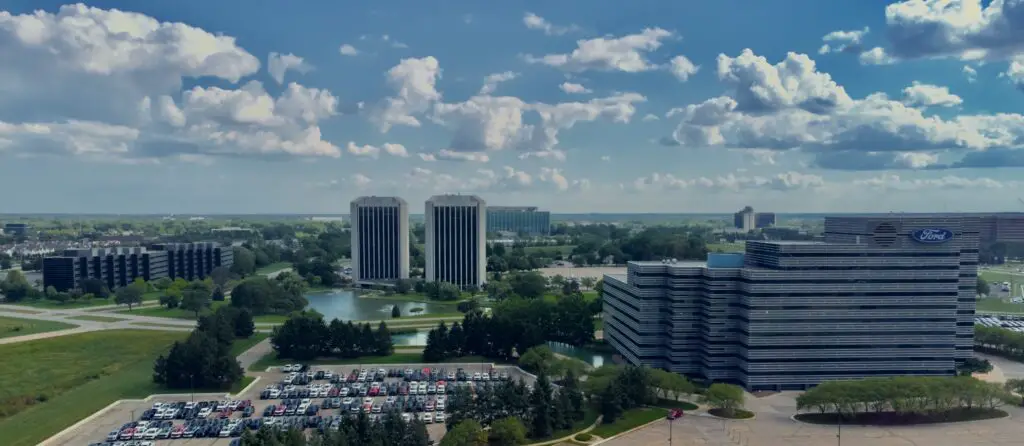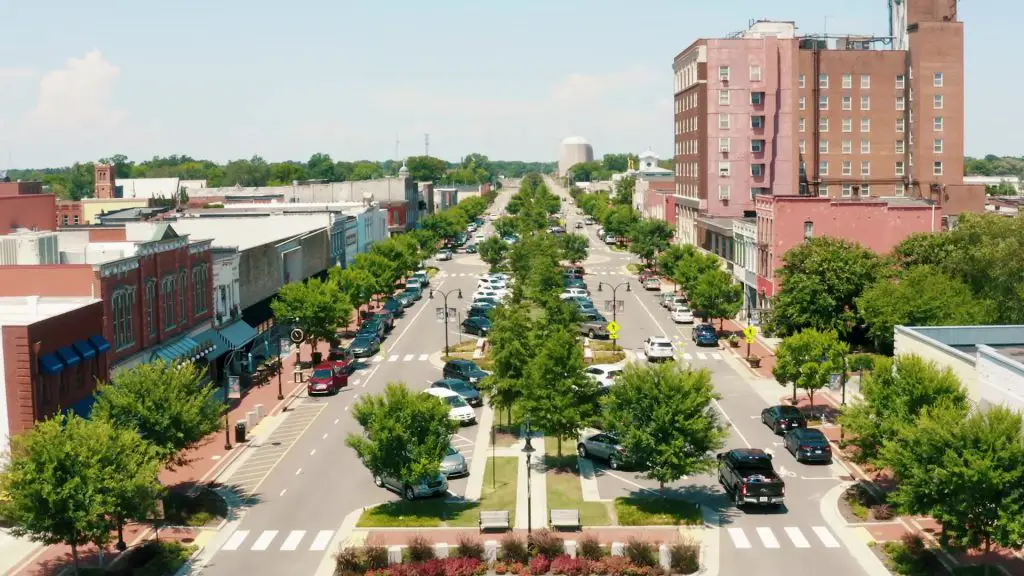Throughout history, certain towns in the United States have become safe havens for diverse communities, offering economic opportunities, cultural acceptance, and legal protections. These towns often emerged as refuges from discrimination, where marginalized groups could build thriving communities and preserve their heritage. Today, many of these towns continue to stand as symbols of resilience, inclusion, and cultural vibrancy. Below are four U.S. towns that have historically served as safe havens for diverse communities and remain strongholds of diversity today.
1. Eatonville, Florida: The First Black Incorporated Town in the U.S.

Eatonville, Florida, holds a unique place in American history as the first self-governing, all-Black town incorporated in the United States. Founded in 1887 by formerly enslaved people, Eatonville was established as a place where Black residents could live free from racial oppression and own property in a time when Jim Crow laws were tightening their grip across the South. The town quickly became a center of Black culture, business, and education, with institutions like the Hungerford School providing top-tier learning opportunities.
Eatonville gained national recognition as the childhood home of renowned writer Zora Neale Hurston, who captured the town’s essence in her literary works, particularly in Their Eyes Were Watching God. Today, Eatonville remains dedicated to preserving its cultural heritage through the annual Zora! Festival, which celebrates Hurston’s legacy and the town’s contributions to African American history. Despite challenges such as gentrification and economic pressures, Eatonville continues to be a beacon of Black self-determination and community pride.
2. Laredo, Texas: A Border Town with a Strong Hispanic Heritage

Laredo, Texas, is a thriving multicultural town that has served as a safe haven for Mexican Americans and immigrants for generations. Located along the U.S.-Mexico border, Laredo has a deep-rooted Hispanic identity, with over 95% of its population identifying as Latino. The town’s history dates back to the 18th century when it was founded by Spanish settlers, and it has remained a stronghold of Mexican culture, language, and traditions ever since.
During the mid-20th century, when anti-Mexican sentiment was rampant in other parts of the country, Laredo provided a place where Latino families could find economic stability and cultural acceptance. Today, the town embraces its heritage through events like the Washington’s Birthday Celebration, a month-long festival blending American and Mexican traditions. Laredo also serves as an economic powerhouse, with international trade and small businesses creating opportunities for its diverse population. Its strong sense of community and cultural preservation makes it a model for towns embracing their immigrant roots.
3. Dearborn, Michigan: A Thriving Arab American Enclave

Dearborn, Michigan, is home to one of the largest Arab American communities in the United States, serving as a safe haven for Middle Eastern immigrants for over a century. Waves of Lebanese, Syrian, Iraqi, and Yemeni immigrants began settling in Dearborn in the early 1900s, seeking work in the booming auto industry. Over time, they built thriving businesses, mosques, and cultural institutions, shaping Dearborn into a town where Arab traditions and customs could flourish.
Today, Dearborn is often called the Arab American capital of the U.S., with a population that is nearly 50% Arab American. The town is home to the Arab American National Museum, which preserves the stories of Middle Eastern immigrants and their contributions to American society. Despite challenges such as post-9/11 discrimination and economic shifts, Dearborn remains a symbol of resilience, proving that immigrant communities can thrive while maintaining their cultural identity. The city’s diverse culinary scene, bilingual businesses, and deep sense of community make it an enduring safe haven for Arab Americans.
4. Goldsboro, North Carolina: A Hidden Refuge for Black Farmers

Goldsboro, North Carolina, has a lesser-known but deeply significant history as a safe haven for Black farmers and landowners. Following the Civil War, formerly enslaved people sought economic independence through agriculture, and many settled in Goldsboro, where they were able to purchase land and establish self-sufficient communities. In the early 20th century, as racial violence threatened Black prosperity in other Southern states, Goldsboro became a refuge for African Americans seeking stability.
The town became a center for Black entrepreneurship and political activism, with organizations like the NAACP playing a crucial role in the fight for civil rights. Today, Goldsboro continues to honor its legacy with initiatives aimed at preserving Black landownership and promoting economic empowerment. The Goldsboro Farmers Market and community land trusts are working to ensure that Black families can continue to pass down their property for generations. While many small farming towns have struggled, Goldsboro stands as a testament to the power of Black resilience and self-sufficiency.
